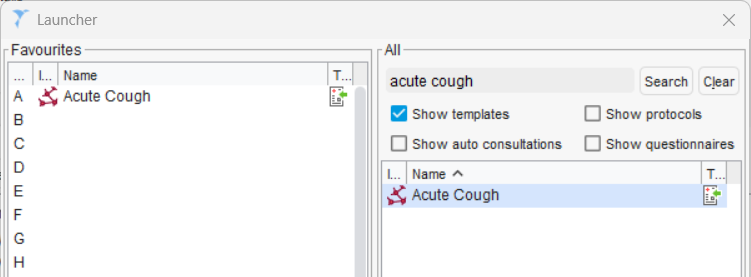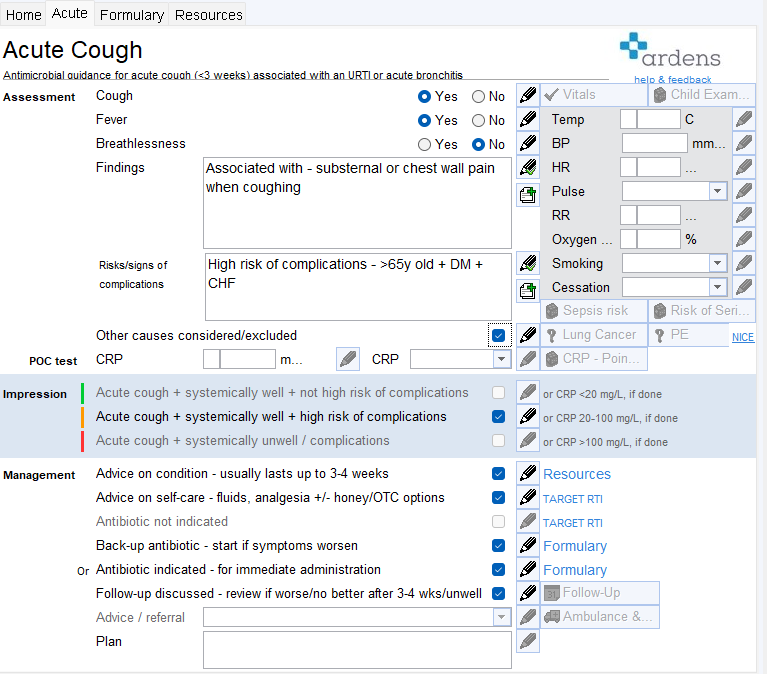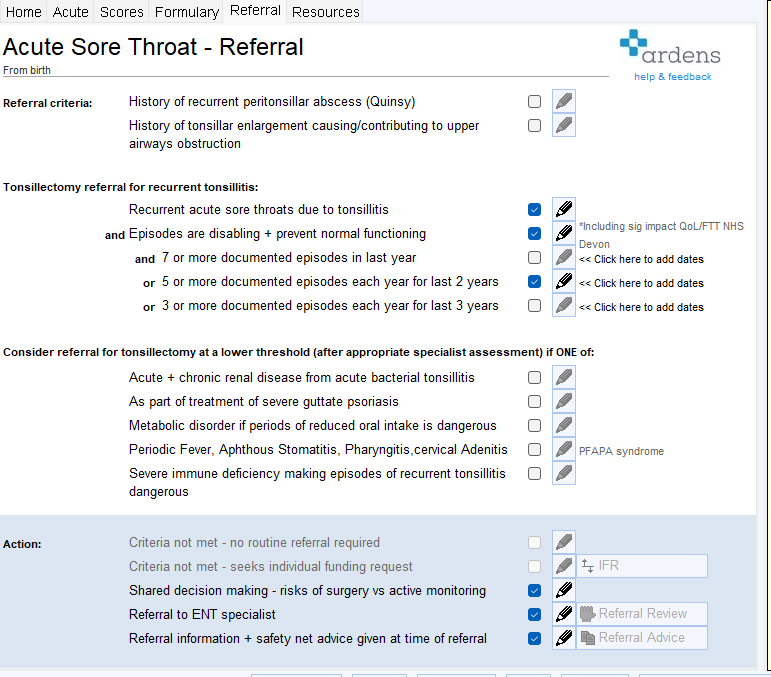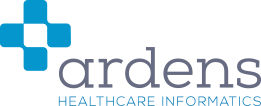We are currently testing a new layout for our support articles and would really appreciate your feedback. View the new design here and send your thoughts to training@ardens.org.uk.
TABLE OF CONTENTS
Introduction
Background
Infections are among the most common reasons for patient consultations in general practice. Clinicians must ensure that these conditions are assessed, appropriately diagnosed, and managed in line with the latest best practice guidance.
How Ardens can help
Ardens provides a suite of infection templates designed to support clinicians in the assessment, diagnosis, and management of common infections, with reporting to monitor activity across your GP practice, PCN and ICB.
How to access the resources
Templates & Formularies:
Access these by searching for them in the bottom left of SystmOne, under auto-consultations > Ardens CONDITIONS INFECTIONS or add commonly used ones on your F12 key (access this support article for instructions on using the F12).

Examples of infection templates: Acute Cough, Cellulitis, Chickenpox, Gastroenteritis, Impetigo, Otitis Externa, Otitis Media, Shingles, Sinusitis.
Reports:
Further information coming soon.
Deliver
Clinicians are guided through a structured consultation, which includes a comprehensive clinical assessment, risk assessment, management, follow-up, and formulary. This is done using preset options, scoring tools, and the traffic light system to guide appropriate management and follow-up.
Acute
When launching the infection template, you will be presented with the Acute page.
This is where clinicians will begin the assessment of patients presenting with an acute infection, such as an acute cough. The template contains no mandatory fields, but some fields are dependent on others. Clinicians can document details such as:
- Findings / History: recording the presenting complaint, including key symptoms, and examination findings.
- Risks / Signs of complications: noting any features that suggest potential complications or factors that place the patient at high risk or indicate that the patient has a more serious condition. Risks will inform the clinical impression and will put the patient into a colour-coded category, which will influence treatment decisions and the likelihood of hospital admission.

SystmOne includes preset text in the 'findings' and 'risk/signs of complications' boxes to streamline data entry.
⚠️ Please note: Some infection templates include additional scoring tools, such as Fever/PAIN and Centor for sore throat. Complete the score on the dedicated scoring page within the template, then return to the Acute page to enter the result in the score field.
- Impression: based on the traffic light system, which categorises patient risk - green indicates low risk, amber indicates moderate risk, and red indicates high risk.
- Management: based on the patient risk/severity, the appropriate management options are displayed and the clinician can record advice, treatment and follow-up.

Follow-up

Formulary
Clinicians can use the formulary to access antimicrobial guidance in line with the latest NICE recommendations. This supports safe, consistent, and effective prescribing across a range of infections.
The Formulary section provides detailed information on first, alternative first, and second-line antimicrobial choices, dosing, duration, and contraindications. It supports clinical decision-making, promotes antimicrobial stewardship, and ensures national prescribing policies are followed.

Click on the relevant links to safely and accurately issue the required medication.
Referral
If a decision is made to refer the patient, clinicians can use the Referrals section to record the referral criteria in line with the latest NICE guidance. This supports timely and appropriate escalation of care for patients.
The Referral page allows clinicians to input criteria along with a clear referral pathway following national guidance.
⚠️ Please note: Practices should follow their local processes for generating referral documents and sending referrals once the template has been saved.

Resources

Evaluate
Audit
Additional Learning
- Book training for your GP Practice, PCN or ICB.
- Explore more helpful resources on our Support Site
